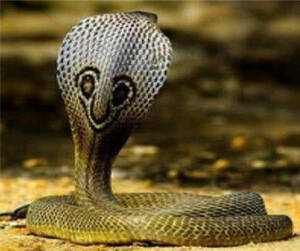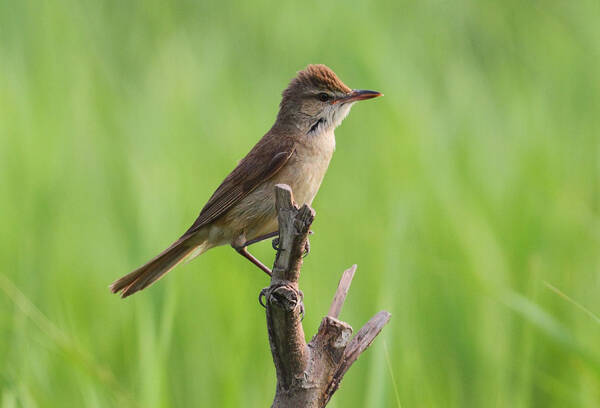
Acrocephalus orientalis
Acrocephalus orientalis,Reed strings, quacking, splitting reeds, chirping
Oriental Great Reed Warbler is a summer migratory bird in China, and some ar···
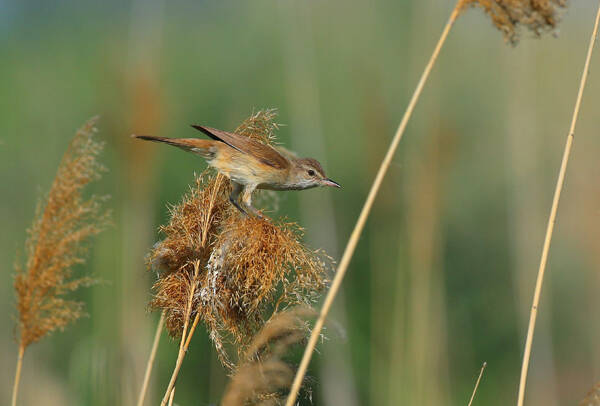
Acrocephalus arundinaceus
Acrocephalus arundinaceus,Large reed bundle, reed string, reed katydid
The Great Reed Warbler is a small bird, commonly known as the Great Reed War···

Ovibos moschatus
Ovibos moschatus,Muskox、Musk Ox,Musk ox, Arctic musk ox
Musk ox (scientific name: Ovibos moschatus) is also known as Muskox and Musk···
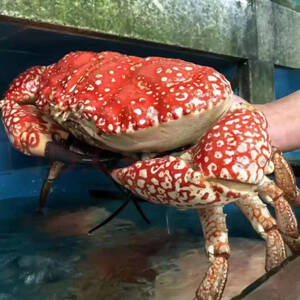
Pseudocarcinus gigas
Pseudocarcinus gigas,King crab, heavy false back crab, Australian king crab, Australian giant crab
The giant shore crab is also commonly known as the emperor crab, and should ···
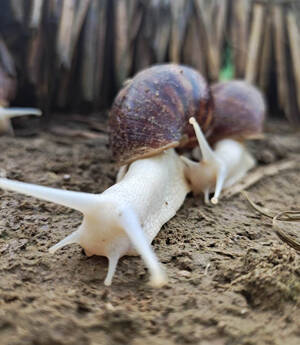
Achatina fulica
Achatina fulica,Brown cloud agate snail, Chinese white jade snail
The scientific name of the white jade snail is Achatina fulica, also known a···
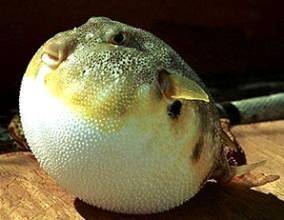
Tetraodontidae
Tetraodontidae,pufferfish、puffers,Pufferfish, boatfish, pufferfish, good fish, chicken, turtle fish
Pufferfish (scientific name Tetraodontidae) is also known as pufferfish or p···
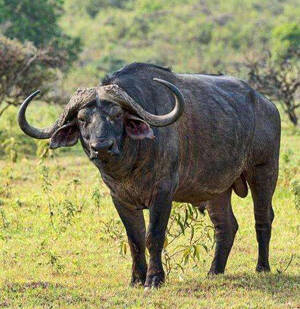
Syncerus caffer
Syncerus caffer, African Buffalo, Buffle d'Afrique,African buffalo, African buffalo
African buffalo (scientific name: Syncerus caffer) is called African Buffalo···

Crocodylus porosus
Estuarine Crocodile,Salt-water Crocodile,Sea crocodile, saltwater crocodile, hoole, man-eating crocodile, estuarine crocodile, Malayan crocodile, naked neck crocodile
Saltwater crocodile (scientific name: Crocodylus porosus) is also known as E···
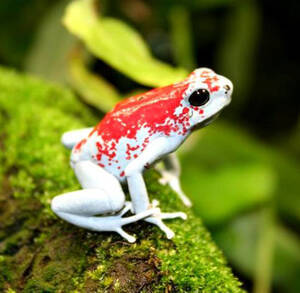
poisondartfrog
poisondartfrog,poison dart frog, poison dart frog, poison javelin frog
The scientific name of the poison dart frog is poisondartfrog. It is the mos···
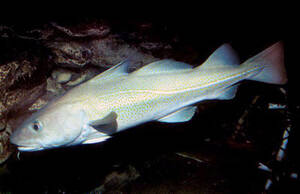
Eleginus gracilis
Eleginus gracilis,cod, bighead cod, bighead fish, bighead fish, pollack
The scientific name of cod is Eleginus gracilis. It is a kind of deep-sea fi···
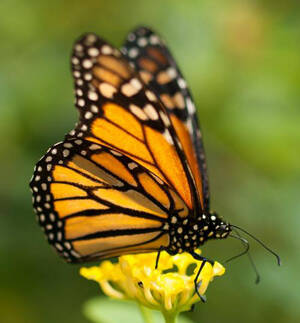
Danaus plexippus
Danaus plexippus,Great Birch Butterfly, Monarch Butterfly, Monarch Butterfly, Black-veined Birch Butterfly, Monarch Butterfly
The Monarch Butterfly (scientific name: Danaus plexippus) is a large butterf···
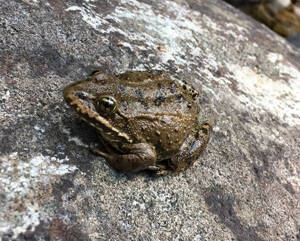
Rana luteiventris
Rana luteiventris ,Columbia spotted frog
Columbia spotted frog is a species of North American frog.Columbia spotted f···
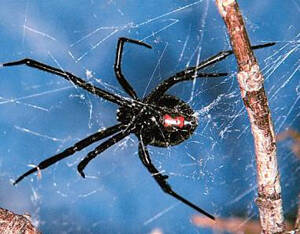
Latrodectus
Latrodectus,black widow,Spider
The scientific name of the black widow spider is Latrodectus, and its foreig···
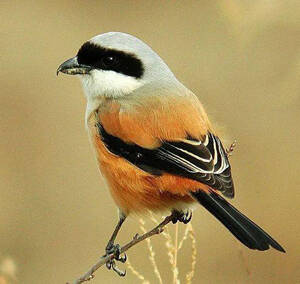
Lanius
Lanius,Brown Shirk,Butcher Bird,Butcher bird, Hubula, quail, shrike, shrike, shrike
Brown Shirk or Butcher Bird (scientific name Lanius) is a small carnivorous ···

Pan troglodytes
Pan troglodytes,Chimpanzee,gorilla
Chimpanzees (scientific name: Pan troglodytes) are called Chimpanzees in for···
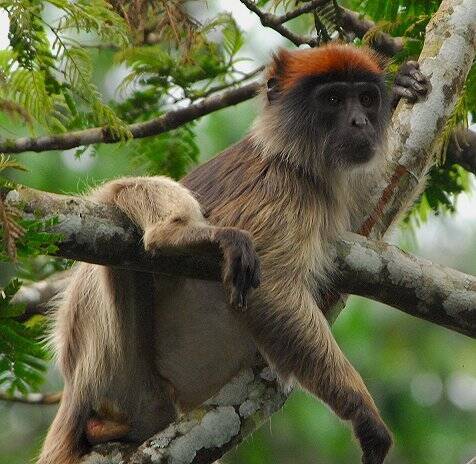
Piliocolobus oustaleti
Piliocolobus oustaleti,Oustalet’s Red Colobus
Oustalet’s Red Colobus (scientific name: Piliocolobus oustaleti), also know···
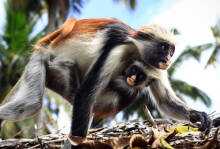
Piliocolobus kirkii
Piliocolobus kirkii,Zanzibar Red Colobus
Zanzibar Red Colobus (scientific name: Piliocolobus kirkii) is called Zanzib···
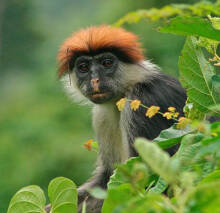
Piliocolobus gordonorum
Piliocolobus gordonorum,Udzungwa Red Colobus
Udzungwa Red Colobus (scientific name: Piliocolobus gordonorum) is called Ud···
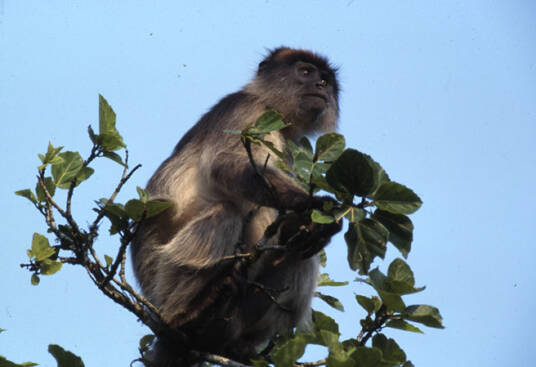
Piliocolobus epieni
Piliocolobus epieni,Niger Delta Red Colobus
The Niger Delta Red Colobus (scientific name: Piliocolobus epieni) was first···
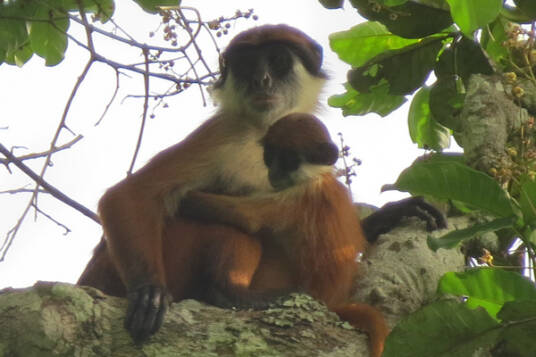
Piliocolobus bouvieri
Piliocolobus bouvieri,Bouvier’s Red Colobus
Bouvier’s Red Colobus (scientific name: Piliocolobus bouvieri), also known ···
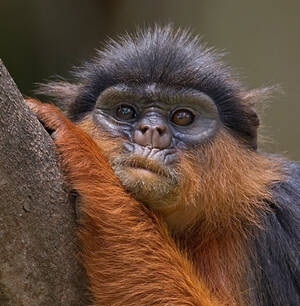
Piliocolobus badius
Piliocolobus badius,Western Red Colobus、Red Colobus,Western red colobus, West African red colobus, Bay colobus, Western red colobus, Red colobus
West African Red Colobus (scientific name: Piliocolobus badius) is also know···
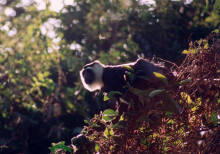
Colobus vellerosus
Colobus vellerosus,White-thighed Colobus、Geoffroy's Black-and-white Colobus,Jervis's black-and-white colobus
Colobus vellerosus (scientific name: White-thighed Colobus, Geoffroy's B···
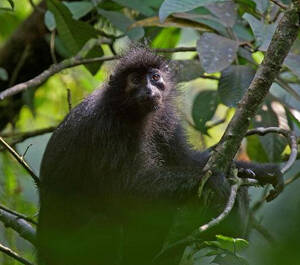
Colobus satanas
Colobus satanas,Black Colobus
Black Colobus (scientific name: Colobus satanas) is called Black Colobus in ···
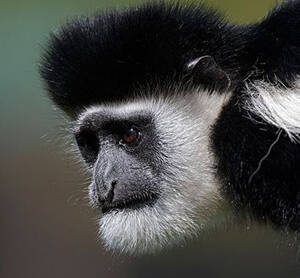
Colobus guereza
Colobus guereza,Guereza、Eastern Black-and-white Colobus、Magistrate Colobus,Eastern black and white colobus
The East African black-and-white colobus (scientific name: Colobus guereza) ···
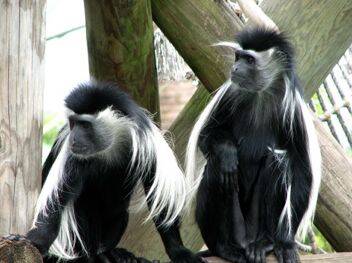
Colobus angolensis
Colobus angolensis,Colobus、Angolan Black-and-white Colobus、Angolan Colobus,Angolan black and white colobus monkey
Angola Colobus (scientific name: Colobus angolensis) is also known as Colobu···
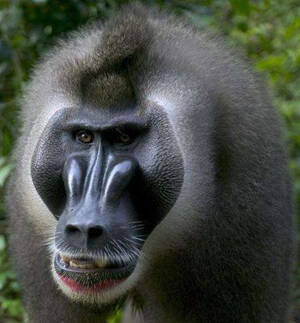
Mandrillus leucophaeus
Mandrillus leucophaeus,Drill,Black-faced mandrill
Drill (Scientific name: Mandrillus leucophaeus), also known as Drill in Engl···
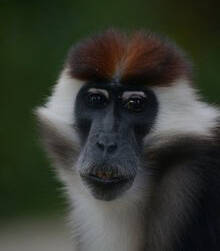
Cercocebus torquatus
Cercocebus torquatus,Red-capped Mangabey
Red-capped Mangabey (scientific name: Cercocebus torquatus), also known as R···
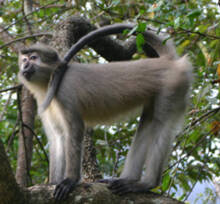
Cercocebus sanjei
Cercocebus sanjei,Sanje Mangabey
Sanje Mangabey (scientific name: Cercocebus sanjei), also known as Sanje Man···
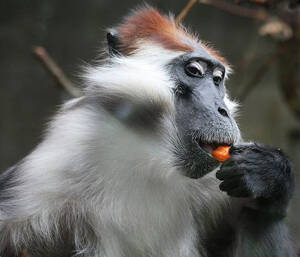
Cercocebus torquatus
Cercocebus torquatus,White-collared Mangabey、Collared Mangabey、Red-capped Mangabey、Sooty Mangabey
The scientific name of the white-necked mangabey is Cercocebus torquatus, an···

